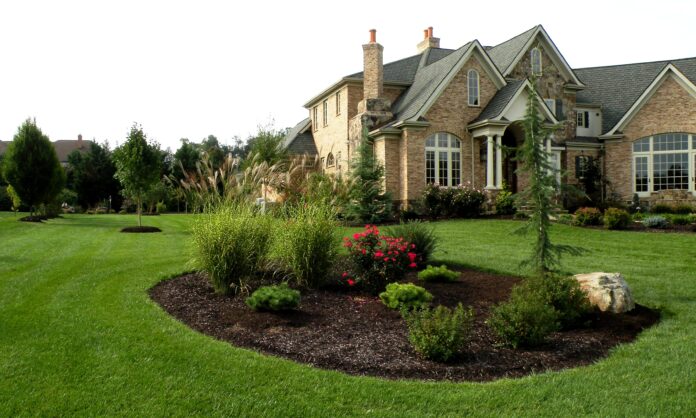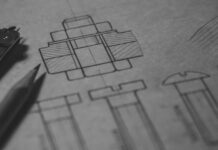Many people think that Landscaping is about grass, trees, and shrubs. They think that if they have that, their neighbors will be wowed. But, that’s not the case. Landscaping is more than just having a well-manicured backyard. And residential Landscaping in Rochester MN, does an incredible job if you contact them for your landscaping project.
Everyone loves a good view. The vista from the edge of a mountain, rolling hills of a pasture, or rustling leaves of a wooded forest. It’s our surroundings that help to define who we are and what we want to become. But all too often, such beauty goes unappreciated, or worse yet, is taken for granted.
The most common mistake designers make is thinking people love the landscape around them and draw their inspiration from it, which might be true in some cases. Still, if you want to shape the way your audience feels about nature, it’s going to take more than just lovely scenery.
What Are The Basic Elements Of A Landscape Design?
Landscape design is the art of creating a beautiful outdoor space, whether it’s a formal garden or a wild meadow filled with towering trees. A landscape designer needs to consider five basic elements to create the perfect design. You need to consider the following:.
- Lines
Line plays a large part in any landscaping design. They help define spaces in your landscape design and can be vertical, horizontal, or diagonal. Use them to create focal points throughout your landscape design and to draw attention to those focal points.
All designs have some line that separates the different parts of the design from each other. For example, the line can be used as a border between two different types of plants, or it could also be used as a border between different types of materials used in landscaping design, such as wood and stone.
- Form
The form is another element that defines space in your landscape design. The form can be the shape of a flower or shrub or define different areas within a larger space like a courtyard or sunken garden. You can also use it to transition between different spaces within your landscape.
- Color
Color is an essential element in any design project because color helps define space by creating contrast between various elements in your landscape design. Color also helps improve our moods by bringing life and energy into our surroundings.
Besides, this element contributes to the look and feel of your entire landscape design. It can be monochromatic or polychromatic. For example, bright colors can make your garden look spacious, while soft shades create a cozy atmosphere.
- Texture
The texture is another important element for any design project; Its significant landscape design element adds interest and beauty to a garden or yard. The texture adds depth to your landscape design by creating contrast between rough and smooth surfaces. Different textures create different feelings and moods. For example, light colors have a sense of openness or calmness, while darker colors can have the opposite effect. Texture also changes as plants grow and mature, adding another layer to the design concept, giving the garden a sense of vibrancy and life.
The surface quality of your material will significantly affect how you use it in your landscape design. For example, if you have a rock wall, it can be smooth or rough depending on where you found it. If you want to use pebbles in your design, you can choose smooth ones or a rougher texture for various designs.
- Scale
Scale is another essential element of Landscaping that should be considered when designing any garden or yard space. Scale refers to the size of objects within the landscape. Balancing is essential in Landscaping, and one must consider the size of the plant and the size of the house, respectively. For example, too many large trees concentrated on one side of a house can cause problems for those who want to open their kitchen or living room windows for fresh air. You can use a proper scale from scratch when doing Landscaping in conjunction with building plans.
Learning landscape design is an exciting and rewarding experience. However, mastering the basics is essential to ensuring that your design vision becomes a reality without fail. Therefore, it always makes sense to get as much information as possible. Whether you want to learn more about specific elements of landscape design, or general information needed when designing a landscape, these five tips we mentioned above should help you accomplish your goals.


















